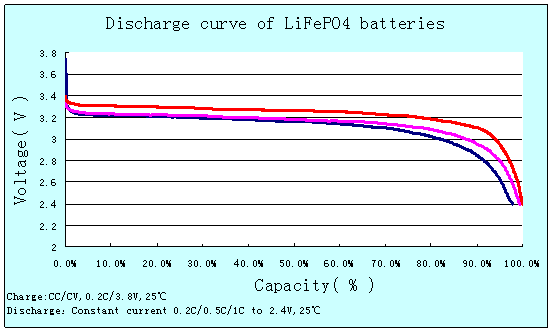HMS Beagle wrote:
LFP are becoming more common in sailboat applications and I have read about the need to restrain them against swelling, and some opinions that it needs to be fairly stiff. But I have yet to see a spec or any tests showing how forceful this swelling can be. I have seen pictures of batteries ruined by unrestrained swelling. You could perhaps add a steel angle or square tube across your plywood end to stiffen it up - but I have no idea if that is necessary.
From what I can gather reading online these newer CALB cells don't swell unless they are pushed well over max charging voltage. One article I read they couldn't get swelling even overcharging to 4.2v
Not running a BMS to individually manage cells and shunt our redirect voltages I am going to be charging to lower limits. After bottom balancing I will be carefully monitoring where each cell rises to and adjust the charging limits for the bank to keep those fastest risers well within their designed voltage. With LFP there is so little gained by trying to push to the very top of cells capacity on both ends and so much to lose. Staying clear of the cliffs is important.

Still researching battery monitoring and management systems... My main concern isn't overcharging (and swelling) as I have decent control over that with my charging devices. The more realistic fear for me is over discharging by accident. That is what the Victron Battery Protect is for. Still looking at secondary protection options as well.
